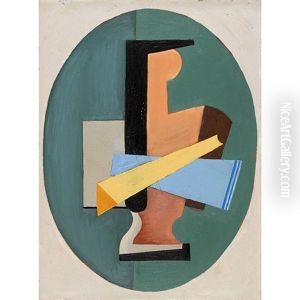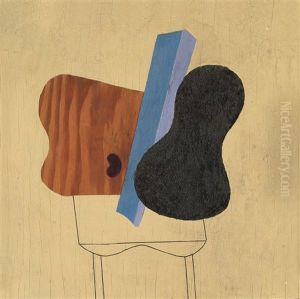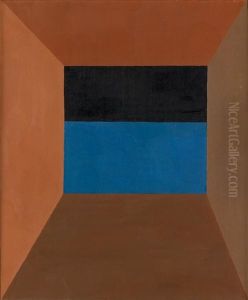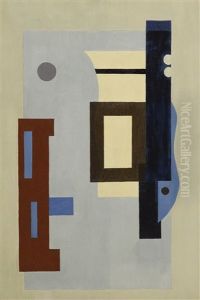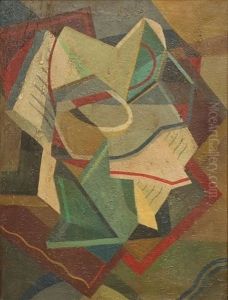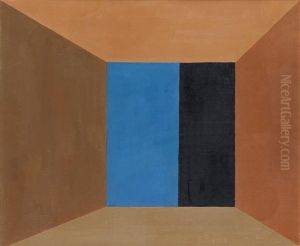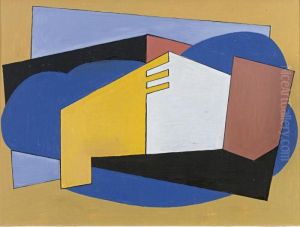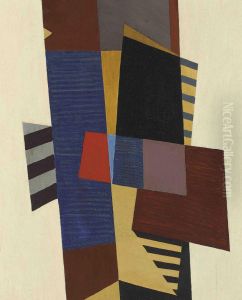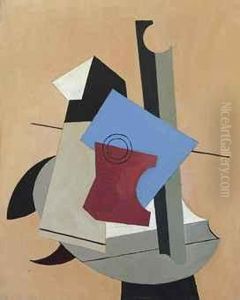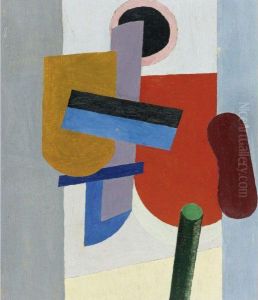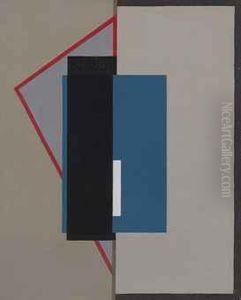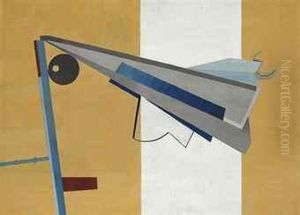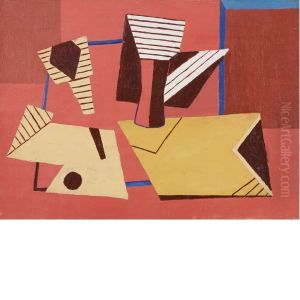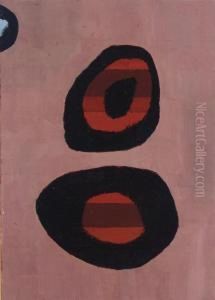Albert Eugene Gallatin Paintings
Albert Eugene Gallatin, born in 1881, was a significant figure in early 20th-century American art, best known for his contributions to abstract painting and his role in the development of the Precisionism movement. Gallatin's journey into the art world was marked by a transition from a collector and patron of the arts to an active and influential artist. His initial interest in art was sparked by his affluent background, which allowed him to amass an impressive collection of modern art, including works by Picasso, Braque, and Léger.
In the 1920s, Gallatin began to shift his focus from collecting to creating art. Initially, his work was influenced by the European cubist movement, but he gradually developed his own style, characterized by geometric abstraction and a refined, minimalist aesthetic. Gallatin's art was notable for its precision, clarity, and use of clean lines, which aligned him with the Precisionism movement, a primarily American style that celebrated industrialization and modern architecture.
Beyond his contributions as an artist, Gallatin played a crucial role in promoting modern art in the United States. In 1927, he founded the Gallery of Living Art in New York City, which was one of the first American galleries dedicated exclusively to modern art. The gallery showcased works by leading European avant-garde artists alongside American modernists, thereby fostering a cross-cultural dialogue and influencing the direction of American art.
Despite his significant impact, Gallatin's work as an artist was somewhat overshadowed by his contributions as a collector and patron. After his death in 1952, his legacy lived on through his art collection, which he bequeathed to New York University. The collection served as the foundation for the Grey Art Gallery, further cementing Gallatin's role in the development and promotion of modern art in America.
Throughout his career, Gallatin remained committed to exploring the possibilities of abstract art. His work evolved over time, reflecting his ongoing search for a pure form of artistic expression. Today, Albert Eugene Gallatin is remembered not only for his artistic achievements but also for his visionary role in shaping the landscape of American modernism.

